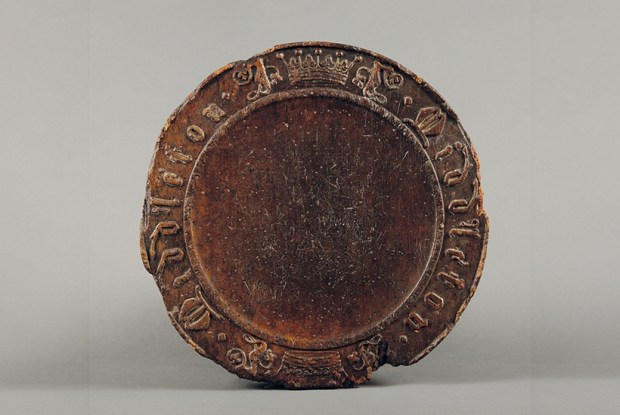The latest fight between the EU and the UK isn’t over vaccines, but molluscs. Brussels won’t grant Britain a special export health licence for the trade of ‘live bivalve molluscs’ unless they are purified first. The problem is, once they’ve been purified they have to be eaten within 48 hours, which gives them too short a shelf life to be practical for export.
Already a subscriber? Log in
Subscribe for just $2 a week
Try a month of The Spectator Australia absolutely free and without commitment. Not only that but – if you choose to continue – you’ll pay just $2 a week for your first year.
- Unlimited access to spectator.com.au and app
- The weekly edition on the Spectator Australia app
- Spectator podcasts and newsletters
- Full access to spectator.co.uk
Or
Unlock this article
You might disagree with half of it, but you’ll enjoy reading all of it. Try your first month for free, then just $2 a week for the remainder of your first year.














Comments
Don't miss out
Join the conversation with other Spectator Australia readers. Subscribe to leave a comment.
SUBSCRIBEAlready a subscriber? Log in